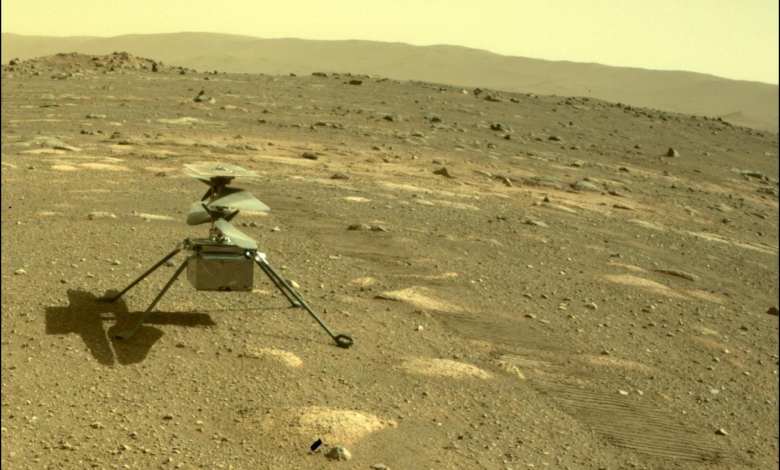
NASA’s Mars helicopter recently aced its 43rd flight, one that turned out to be its longest in almost a year.
Ingenuity covered 1,280 feet (390 meters) of the Martian surface during the flight on February 11 for 146 seconds, achieving a maximum altitude of 40 feet (12 meters) and a top speed of 8.9 mph (4 meters per second). In order to better support NASA’s Perseverance rover as it continues to investigate Jazeera Crater, the flight was a repositioning mission.
Just a few days before the second anniversary of Perseverance and Ingenuity’s amazing landing on the red planet, NASA’s Jet Propulsion Laboratory, which is in charge of the current Mars project, tweeted about the helicopter’s 43rd flight:
Since April 29 of last year, when it finished a mission that lasted 153 seconds and covered a distance of 421 meters, Ingenuity’s 43rd flight was its longest in terms of both time in the air and distance travelled.
The distance it has already travelled is 708.9 meters, during a flight on April 8, 2022, and the time it has spent in the air is 169.5 seconds, during a journey on August 16, 2021.
Ingenuity has performed much more missions than anticipated during its two years on Mars, and it has also survived a very cold Martian winter. As the ground-based rover continues to explore the planet in search of signs of prehistoric microbial life, an upward-pointing camera aboard Ingenuity has been taking pictures of the Martian topography. With this information, the Perseverance team has been able to design the optimum routes for the rover.
Because of Ingenuity’s success, NASA engineers intend to develop more sophisticated models of the aircraft for upcoming Mars missions. One of them might be the Mars Sample Return mission in the 2030s, which is looking into the potential of employing a helicopter akin to Ingenuity to gather samples of Martian material that Perseverance has previously collected. After that, the samples would be loaded onto a spacecraft and sent back to Earth for study by scientists.











